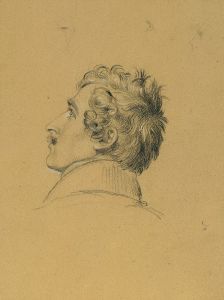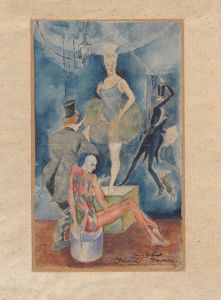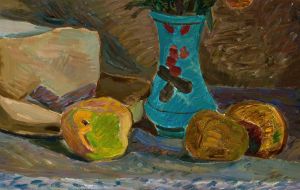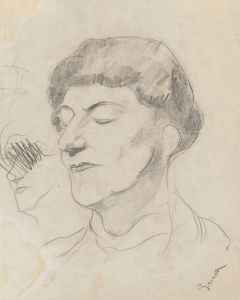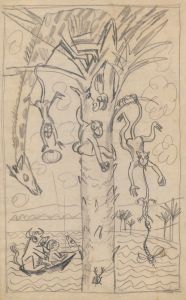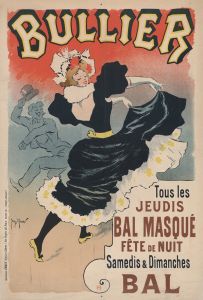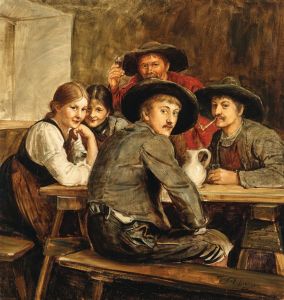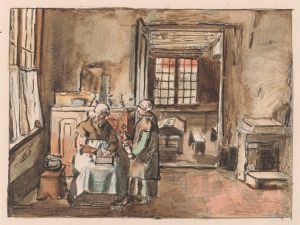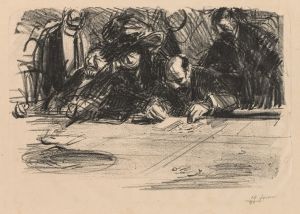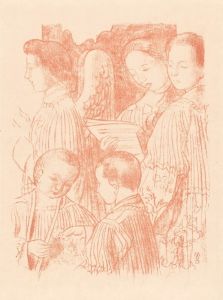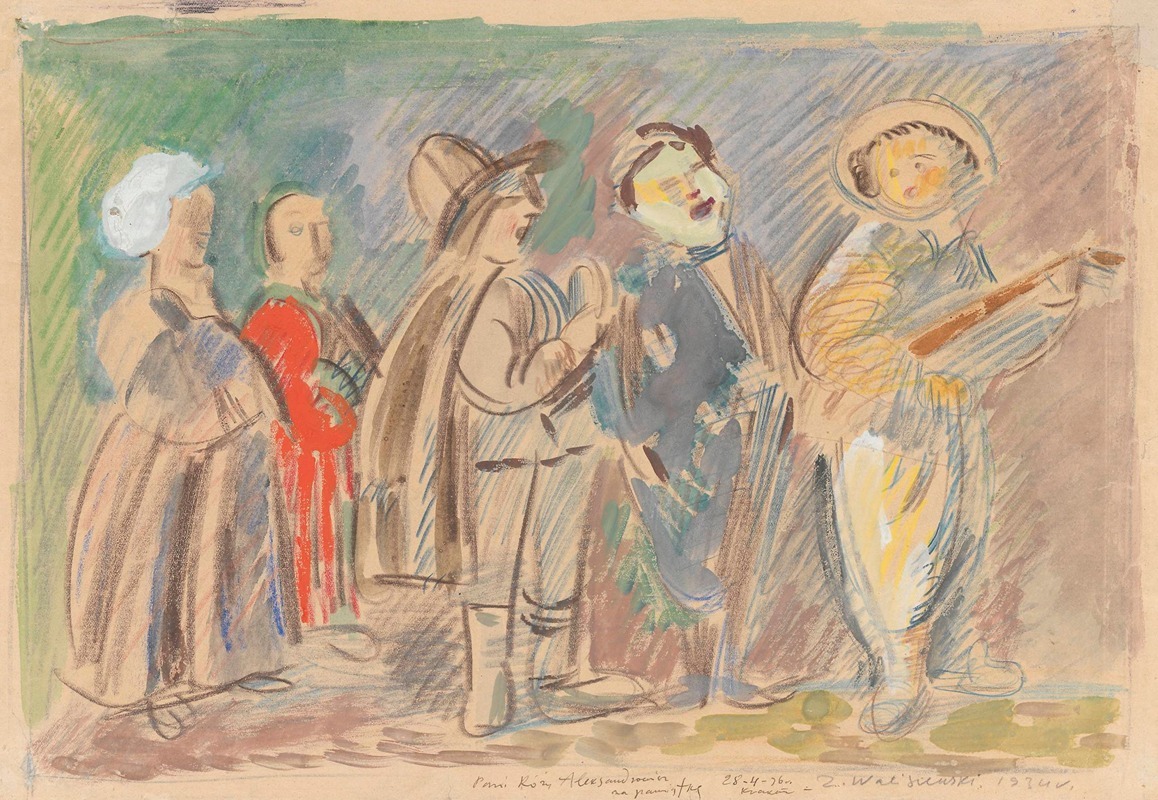
Singing boys
A hand-painted replica of Zygmunt Waliszewski’s masterpiece Singing boys, meticulously crafted by professional artists to capture the true essence of the original. Each piece is created with museum-quality canvas and rare mineral pigments, carefully painted by experienced artists with delicate brushstrokes and rich, layered colors to perfectly recreate the texture of the original artwork. Unlike machine-printed reproductions, this hand-painted version brings the painting to life, infused with the artist’s emotions and skill in every stroke. Whether for personal collection or home decoration, it instantly elevates the artistic atmosphere of any space.
Zygmunt Waliszewski was a prominent Polish painter, known for his contributions to the modern art movement in Poland during the early 20th century. His works often reflected a blend of influences, including Post-Impressionism, Fauvism, and elements of Polish folk art. One of his notable paintings is "Singing Boys," which exemplifies his unique style and thematic interests.
"Singing Boys" is a vibrant and expressive painting that captures a group of young boys engaged in singing. The painting is characterized by its bold use of color and dynamic composition, which are hallmarks of Waliszewski's artistic approach. The figures in the painting are depicted with a sense of movement and energy, conveying the joy and spontaneity of their singing.
Waliszewski's use of color in "Singing Boys" is particularly noteworthy. He employs a vivid palette, using bright and contrasting colors to create a lively and engaging scene. This use of color not only enhances the visual impact of the painting but also reflects the influence of Fauvism, a movement known for its bold and non-naturalistic use of color.
The composition of "Singing Boys" is carefully constructed to draw the viewer's attention to the central figures. Waliszewski arranges the boys in a way that suggests a sense of harmony and rhythm, mirroring the musical theme of the painting. The background is kept relatively simple, allowing the figures to stand out and emphasizing the focus on their activity.
Waliszewski's interest in capturing everyday scenes and ordinary people is evident in "Singing Boys." This focus on the mundane and the celebration of simple pleasures is a recurring theme in his work. By choosing to depict a group of boys singing, Waliszewski highlights the universal and timeless nature of music as a form of expression and joy.
The painting also reflects Waliszewski's connection to Polish culture and traditions. While "Singing Boys" does not explicitly depict a Polish folk scene, the emphasis on communal activity and the joyous spirit of the painting resonate with themes found in Polish folk art. This connection to his cultural heritage is a significant aspect of Waliszewski's work, as he often sought to incorporate elements of Polish identity into his art.
Zygmunt Waliszewski's "Singing Boys" is a testament to his skill as a painter and his ability to convey emotion and movement through his art. The painting remains an important example of his contribution to Polish modern art and continues to be appreciated for its vibrant expression and thematic depth. Through "Singing Boys," Waliszewski captures a moment of shared human experience, celebrating the joy of music and the innocence of youth.






